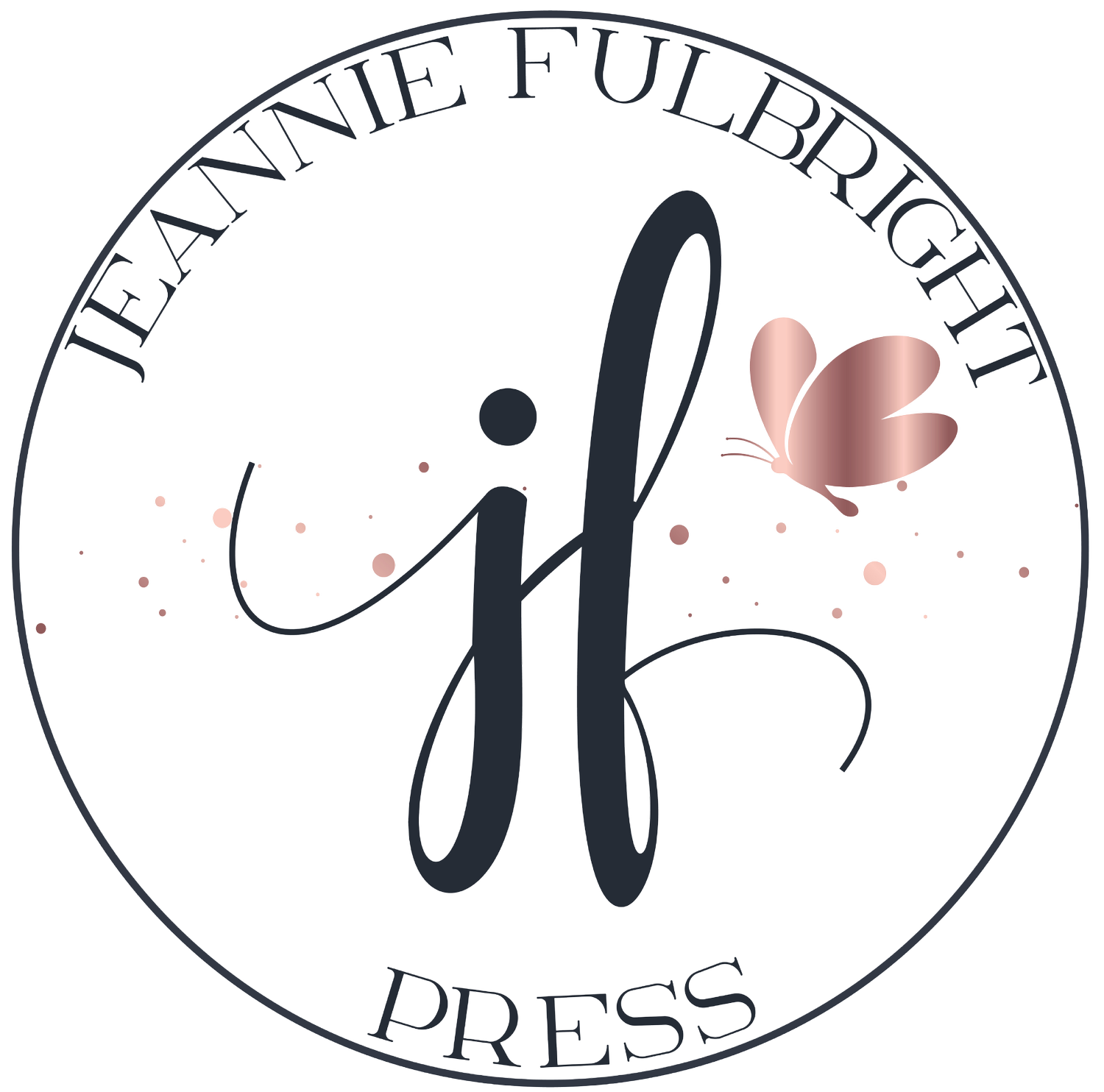Creativity is Essential for an Excellent Education
Are you a creative person? If not, studies show that you probably used to be. You were most likely born very creative, perhaps even a creative genius.
The thing is, if you went to traditional school, you likely came out with only a small fraction of the creativity you had going in. It’s true. Most everyone enters school as an actual creative genius and leaves school without much creativity at all.
How do I know this?
Well, NASA initiated and funded a study to discover how to pinpoint creative genius and imaginative thinking. Their hope was to discover a means to identify and recruit people with higher levels of creativity and imaginative problem-solving. That’s what is needed most in today’s technological revolution.
The researchers tested a group of 1,600 people, beginning at age five. They were given a problem and asked to come up with new, different, and innovative ideas and solutions to solve the problem. The test found that 98% of the 5-year-olds scored so high in creative and innovative problem-solving they were labeled creative geniuses.
At age ten, the same kids were tested again. This time, only 30% of the children maintained their creative genius. How did 68% of the children lose their ability to think creatively?
By high school, it was down to 12%. That means that 86% of high schoolers could not think outside the box to solve a problem with innovative and imaginative solutions. They simply could not think creatively.
After this, the researchers conducted the same test on large populations of adults. The results found that in the general population, less than 2% of adults could use their imagination in problem solving.
Based on these results, it’s very likely you were once astoundingly creative. And it’s also likely that your children are also stupendously creative.
But what happened between preschool and adulthood to change this? In a word, school.
School happened.
The researchers concluded that it was the education system that schooled the children out of creativity. How did they do this? By discouraging creativity and out-of-the-box thinking in the classroom. By rewarding rote memorization of information and uncreative regurgitation of the facts on manufactured worksheets and tests.
And yet, top companies are looking for creative geniuses to help them navigate the world’s new and changing landscape. Creativity is essential for invention, problem-solving, well-written or spoken expression, and self-motivation.
And yet, our schools (public and private) do all they can to suppress into extinction this natural giftedness.
As homeschoolers, we must do things differently. We must do better. It is essential that the kind of education our children get does not mimic or model the system that is depriving children of the tools they need to thrive in our modern world.
Educational expert Sir Ken Robinson said,
“We are educating people out of their creative capacities… I believe this passionately, that we don't grow into creativity, we grow out of it. Or rather, we get educated out of it.”
Albert Einstein said,
“A society's competitive advantage will come not from how well its schools teach the multiplication and periodic tables, but from how well they stimulate imagination and creativity.”
As homeschoolers, we should discover ways for our children to express their learning with creativity. Often, we consider it okay to do creative assignments in elementary school, but then abandon them as our children move toward high school. Fearing the future, we end up using the ineffective methods that simulate the school system.
When a child engages in creativity, the hippocampus—the memory and creativity center of the brain—activates. Soon, the brain gets busy building neural connections and growing new neural pathways. And once the creative process is underway, several other portions of the brain begin working. The frontal cortex, the ganglia, and the white matter all work in different ways, making new connections.
Essentially, creativity builds bigger, better brains.
Worksheets, quizzes, and memorization of spoon-fed facts, do nothing to activate brain centers that affect retention. The student produces nothing from his own thoughts, ideas, and imagination. The short-term memory is all a child uses for quick recall to fill in the blank or circle the correct answer.
This is why most of us graduated from high school with very little actual knowledge of any particular subject—especially history, geography, and science.
That means that those twelve years of sitting at a desk for seven hours a day were one big waste of time.
As homeschoolers, we can toss out the methodologies designed only to grade and check the box, and instead implement creative assignments that engage our children’s whole mind in learning. We should employ activities that get our children using their imagination.
So go ahead and toss out the worksheets, busywork, and quizzes, and implement creative ways for your children to express their learning.
Here are some ideas that you can begin using today. Ideally, you’ve chosen curriculum with assignments that engage and nurture a child’s imagination and creativity.
As you know, my Apologia Young Explorer Series science course, which I designed using the Charlotte Mason model, employs creative assignments in every lesson.
Also, my new language arts curriculum, Living Verse Language Arts in Poetry, encourages creative expression as children engage in imaginative notebooking and poem writing.
My new history curriculum Living Streams American History, currently in a beta-test phase, incorporates timelines and creative notebooking.
All these courses not only nurture the inborn gift God gave each of our children, but make the subject a delight to learn as they engage with neuron-growing, brain-building activities. These courses also give your children the opportunity to produce something, rather than consume something someone else created.
If your current curriculum uses busywork assignments and worksheets, here are some ideas for replacing those.
1. Narration is the most essential tool you can use. After reading, listening, or watching something, have your children tell back what they have learned. This seemingly simple activity actually engages the hippocampus and develops a child’s ability to express themself with their own unique thoughts.
Charlotte Mason says, "Narrating is not the work of a parrot, but of absorbing into oneself the beautiful thought from the book, making it one's own and then giving it forth again with just that little touch that comes from one's own mind."
2. Notebooking is a potent method for drawing out a child’s innate creativity. It is even more effective than narration in developing retention.
Notebooking is giving creative assignments instead of worksheets so the child expresses their knowledge in a way to develops creativity and memory.
An example might be to create a Wanted Poster after learning about an interesting criminal in history. Spiral writing what they’ve learned in different colors. Making pop-up books about the subject. Create an acrostic.
The possibilities are endless.
My adult children clearly remember every topic for which they created a notebook page to express their learning.
3. Hands-on projects, for science, history, and geography are a wonderful way to develop and hone creative thinking. I would direct you to Pinterest for ideas.
My son built a very intricate diorama of Colonial Virginia. Each child in my family created their own Ocean Box for Zoology 2. My daughter wrote and illustrated a detailed book depicting each scene from the Last Supper to the Crucifixion. We contrived to make by hand the games children played in each era of history.
4. Arts and Crafts should be considered as important as reading, writing, and math. I would direct you to Youtube for simple instructions. Art lessons for drawing, painting, watercolor, and other mediums build up the parts of the brain used in creativity. These allow for freedom of expression, and with practice, valuable and fulfilling skills.
5. Handicrafts such as woodworking, model building, needlework, and jewelry making engage a child in creative tasks.
These are just some of the things you can do to give your child the kind of education that encourages and enhances the intrinsic creativity God supplied.
As Albert Einstein so wisely tells us,
“It is the supreme art of the teacher to awaken joy in creative expression and knowledge.”
Happy homeschooling!


